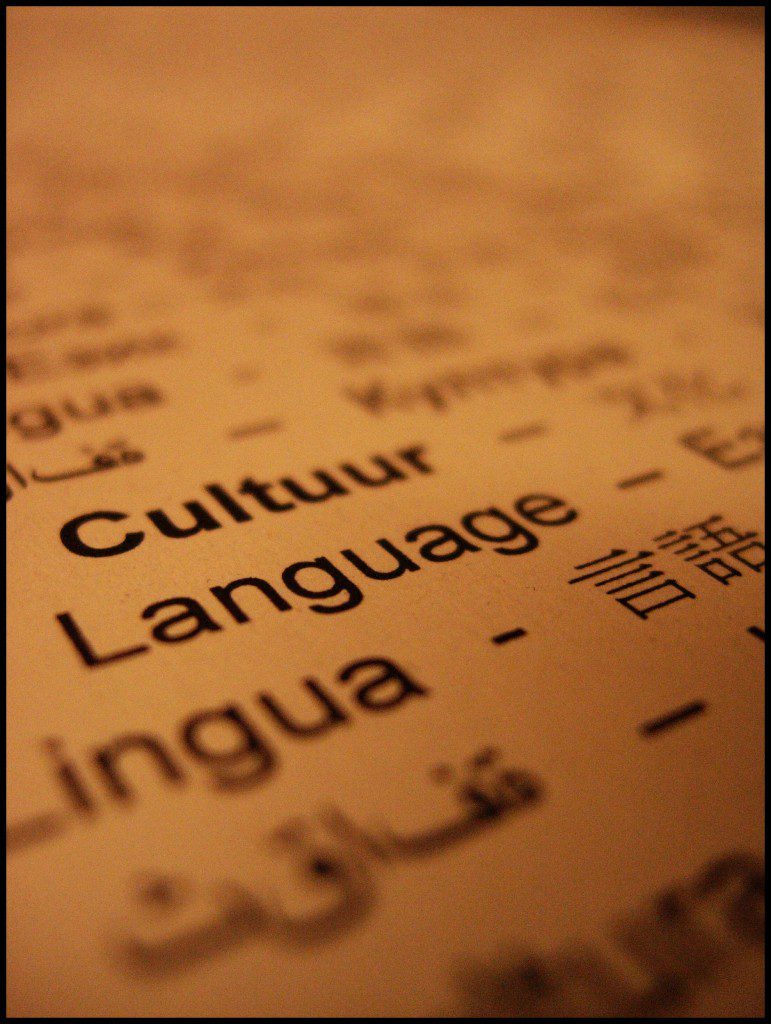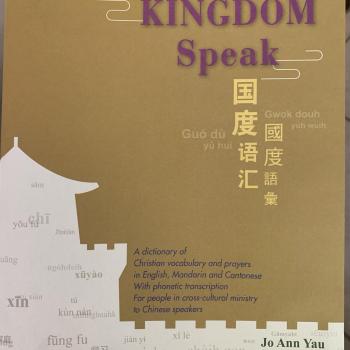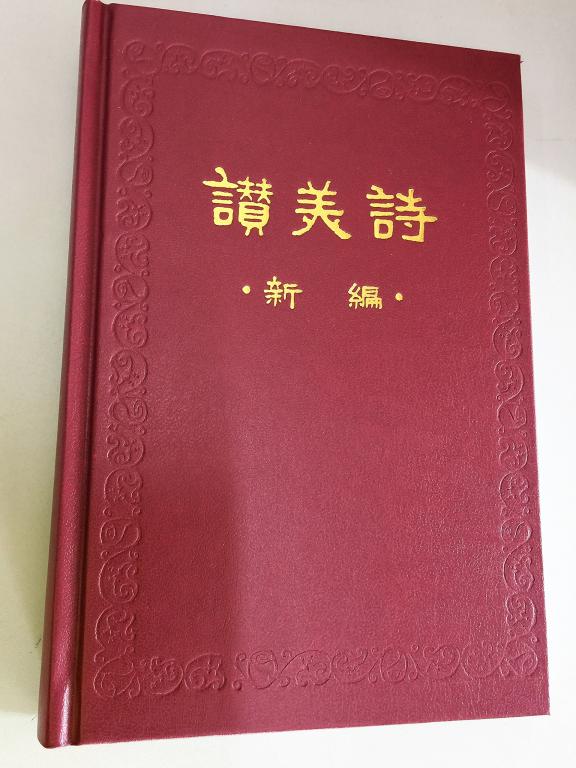Practically speaking, how can people learn and teach theological ideas in Chinese (or any other foreign language)?
My previous post explained “why” missionaries should learn theological language (not merely “religious” language). Today, I want to talk about the “how” by offering 3 initial tips. Later, I’ll offer a lot more suggestions.
What do we do? 怎么办?
1. Read English. Speak Chinese.
For the sake of simplicity, I’ll assume a person’s mother language is English. Feel free to use whatever is your mother language if it’s not English.
Mandarin is quite unlike most other languages. Whereas most languages have an alphabet (and therefore a close connection between what is written and spoken), Chinese divides the two. In other words, because it lacks an alphabet, one has to memorize the meaning of all the characters. The characters do not systematically specify what vowel or consonant sounds to make as well as the corresponding tone. Therefore, it is both possible and common for people to be verbally fluent but functionally illiterate when it comes to reading or writing the language.
This presents a unique challenge when preparing notes to teach in Mandarin. If a foreign teacher were to read Chinese characters while also speaking in Chinese, he or she will be forced to draw from to distinct streams of memory. At least in alphabet-based languages, the teacher is prompted to pronounce words in one way and not another.
A person’s mind can only think at a high level for so long across topics. That is, he or she will be hard pressed to speak fluently in Mandarin, read Chinese characters, process the ideas being communicated while simultaneously be conscious of the needs and responses of the learners. Teaching requires a person to have mental flexibility and the awareness to make adjustments on the fly.
Therefore, I suggest writing your notes in your mother tongue (e.g. English) while speaking in Chinese. In effect, you will simultaneously translate what you read in your notes. This is a learned skill (made easier by the tips I give below). Also, it fits with the natural way that adults learn a second language. Adult language learners inevitably filter their second language through their first language. It takes a lifetime of learning for that to change significantly.
2. Use Chinese grammar
In your own notes, use Chinese grammar even though you write in English. This will make the translation process far more easy and efficient. Here are a couple of examples.
a. “Jesus on the cross takes away our sin” = 耶稣在十字架上拿走我们的罪
This is a simple example showing how someone might move the location phrase “on the cross” to follow the subject but prior to the verb (which is the most common Chinese grammar), even though it sounds awkward in English.
b. “God, through judgment, from death, saves his people” = 神 通过审判, 从死亡, 拯救祂的子民。
You can think of many other similar examples.
3. Use Pinyin Prompts
Make sure to use pinyin (or characters) to prompt you with words you may forget or key phrases that you want to say just right. Here are some examples.
Let’s say you want to address the Chinese translation of Rom 1:4. Your notes might say something like this:
In Chinese, we see the phrase “以大能显明是神的儿子.” However, this translation is not very clear. <Instead of saying> [yǔqí shuō] xiǎnmíng, <it is better> [bùrú shuō] to say, “appoint, designate” [zhǐrèn; zhǐdìng].
A few things are worth noting. First, people tend to forget key words and grammar structures. So, it often helps to insert them into your notes just in case you forget at just the wrong moment. Forgetfulness becomes far more likely as you get tired or feel stress (for instance, by late afternoon or days 3-5 of a weeklong training).
Second, observe the brackets. The < > symbols indicate to the brain to skip ahead to the pinyin translation within the [ ].
 Third, there will be times when you and your Chinese friends cannot agree on precisely the right phrasing or translation. In that case, list multiple options. Using similar words can provide clarity. In addition, you should remember that people might prefer different words in different areas of the country.
Third, there will be times when you and your Chinese friends cannot agree on precisely the right phrasing or translation. In that case, list multiple options. Using similar words can provide clarity. In addition, you should remember that people might prefer different words in different areas of the country.
4. Finding key terms
What if you can’t find the right translation for a word? Here is a good trick you can use. Insearch engine, type a related word in English and a character or two that will definitely be used in any discussion of the topic.
I’ll pick a specialized term as an example (since more common words will prove easier to find). Let’s say you wanted to find the translation for the “New Perspective on Paul.” When people talk about this topic, they often discuss justification (称义). So, you could type this into the search engine: “New Perspective on Paul” 称义
Do this and you will find numerous results that make clear that the technical translation is 保罗新观.
* Don’t forget. Many concepts can have multiple, legitimate translations. The terms in theological Chinese are far younger in usage than those used in English. Also, people from different networks, denominations, and theological camps may prefer different words.
Also (and this is critical) Chinese from different regions of the country often use very different terms when explaining an idea. This is especially true when speaking of the north and south.
Here is a simple example. The word 瞄准 (aim, target) most typically is a noun. However, many southerners are also willing to use it as a verb, meaning “to aim at….” (瞄准于….). If you don’t like this example, I assure you that you will find many others as you start teaching.
Whatever words you use, test them with multiple native Chinese speakers. Preferably, they will come from different backgrounds or places of origin. Individual Chinese can sometimes be a bit dogmatic about what is right/wrong Mandarin, claiming that “no one” uses this or that word when in fact people from one province away use those terms every other day.
Be flexible. There might not be ONE right word.
The above suggestions required a bit of explanation. However, in a coming post, I’ll offer a number of other ideas that are more straightforward.
If you find these ideas helpful, repost this on Facebook, send out a Tweet, or forward it to a friend.
May more and more people be equipped and encouraged to proclaim His word with greater clarity and conviction.
Credit: griet87 via morguefile.com
Photo Credit (Chinese Bible): Credit: Pixabay/Kerrynow


















